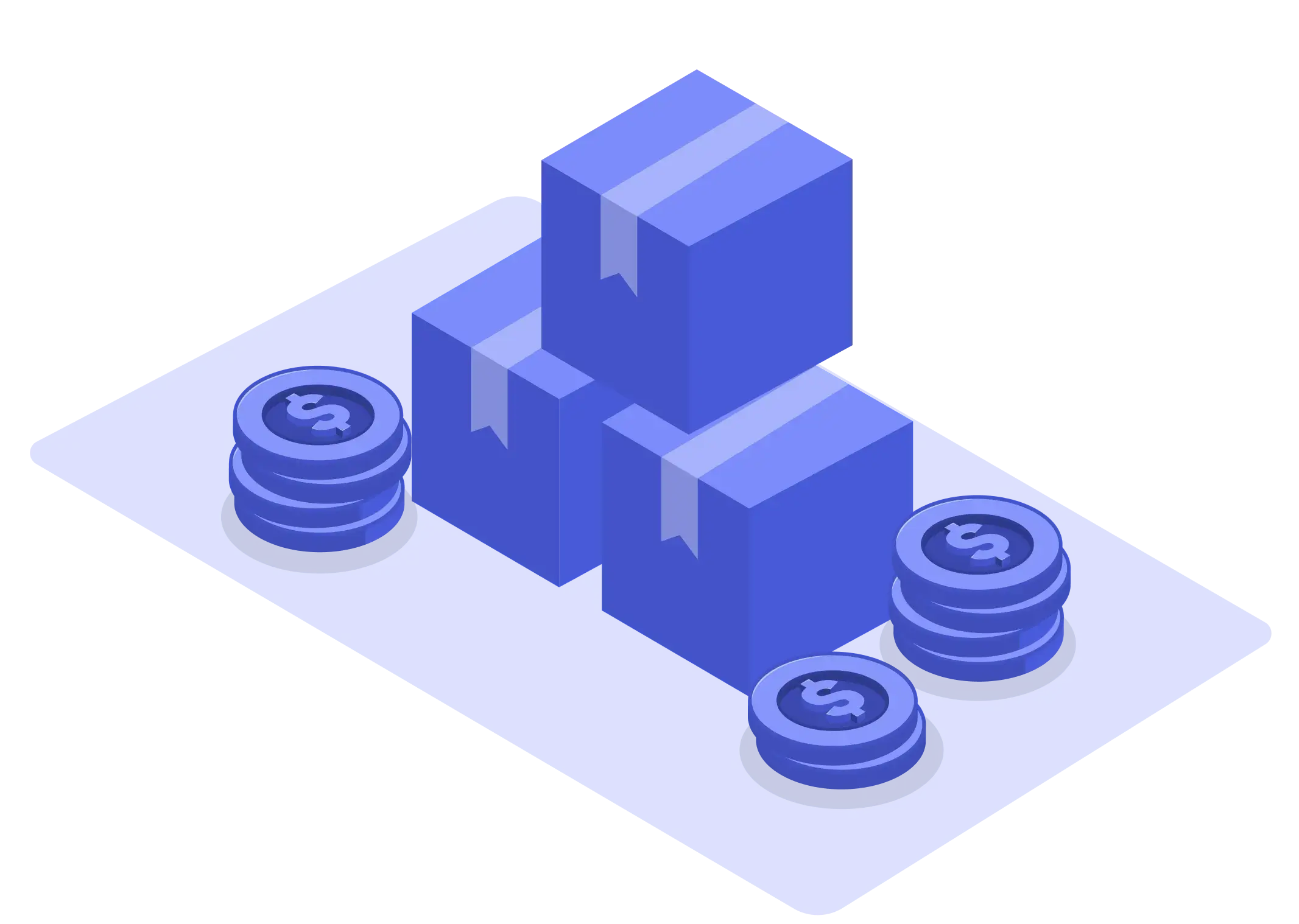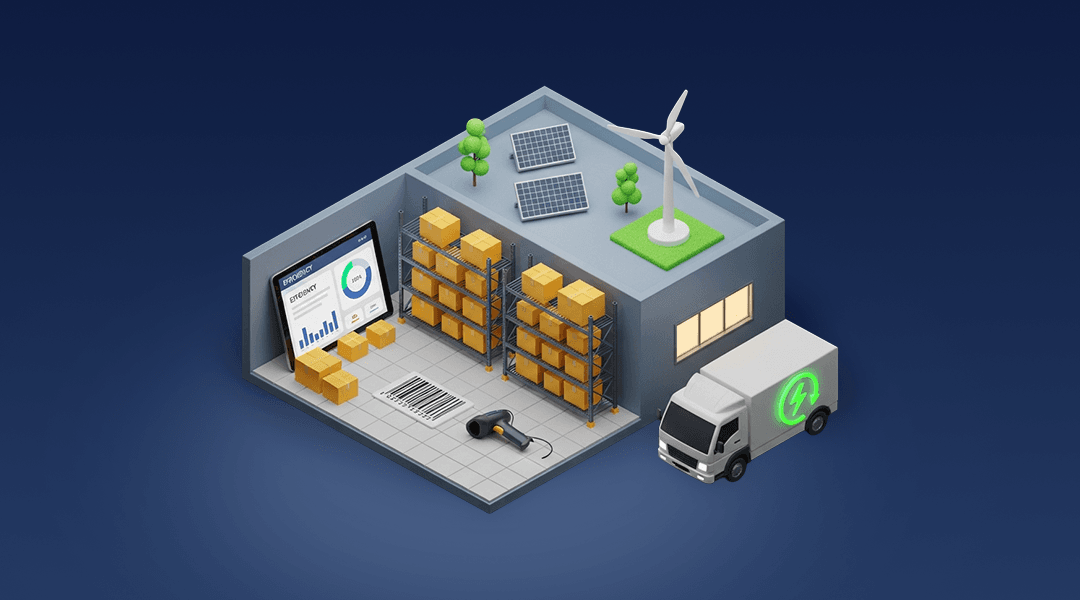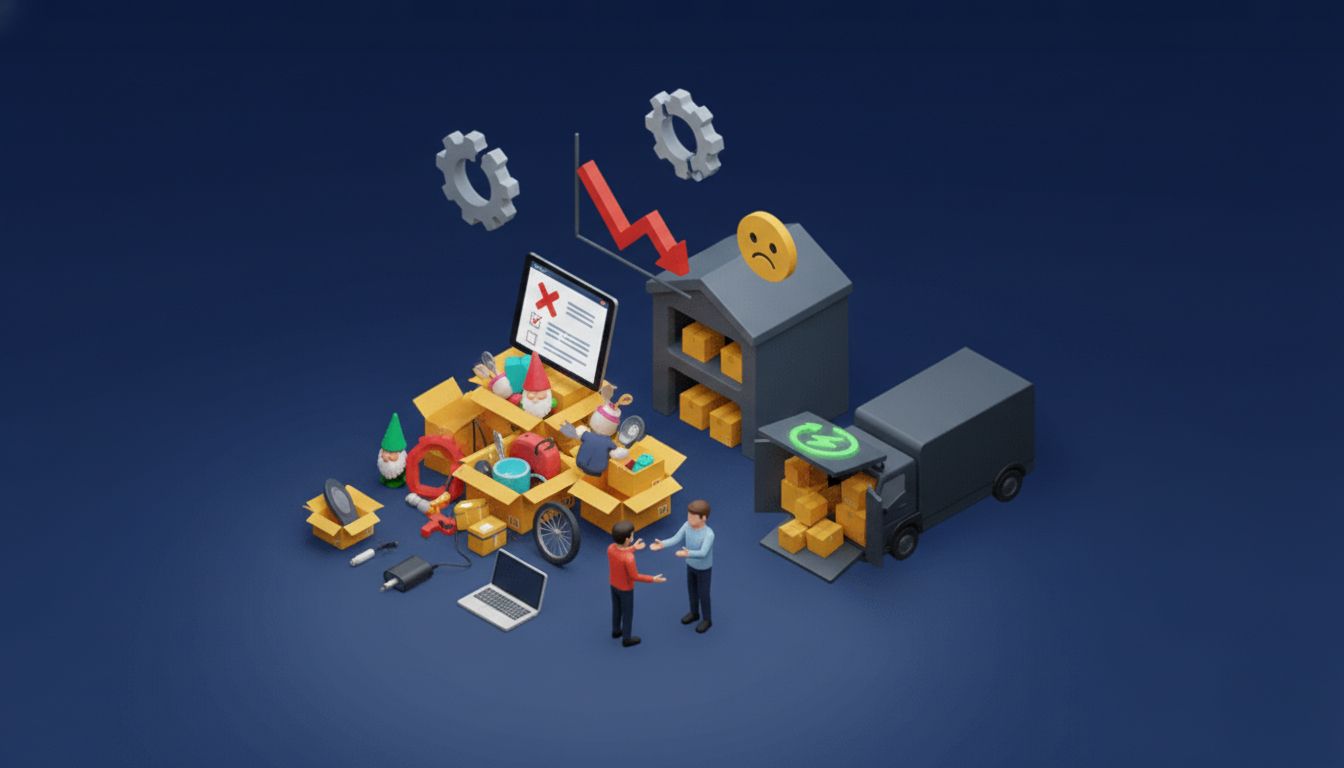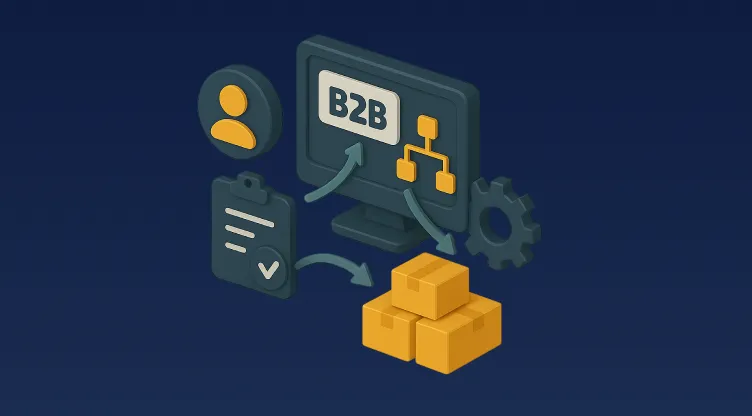ERP CRM Modules: Unifying Sales, Service, and Inventory in the Digital Era

Table of Contents
Control Tower View
- ERP CRM modules are vital tools that connect customer relationships with stock control and support activities.
- Sales and support teams make better decisions using real-time inventory data.
- Linking CRM and ERP creates a shared environment where customer needs meet operational capacity.
- Businesses across MENA are adopting integrated systems to compete at scale with greater agility and accuracy.
- Smart deployment of ERP CRM tools can significantly reduce manual effort, errors, and customer churn.
The Business Puzzle Is Changing — And Fast
Picture this: your sales team promises delivery in two days, but your warehouse ran out of stock yesterday. Your customer service staff spends hours chasing answers about delayed shipments, while your inventory manager doesn’t know a high-demand item is being oversold.
This isn’t just frustrating — it’s expensive.
In an era where every second counts and customers expect instant responses, disconnected business systems are liabilities. To succeed, companies must ensure their front-end and back-end operations work in harmony.
The answer lies in ERP CRM integration — a unified platform where sales, service, and inventory don’t just coexist; they collaborate.
What Is an ERP CRM Module in Simple Terms?
Rather than treating sales, customer support, and inventory as separate islands, an ERP CRM module links them on the same map.
It combines:
- The customer-centric features of a CRM (tracking leads, handling complaints, managing deals).
- The business logic of an ERP (stock levels, purchase orders, returns, and invoicing).
The result is a centralised environment where information moves freely between teams, actions happen faster, and decisions are informed by data — not assumptions.
Sales Teams Need More Than Spreadsheets
Selling products isn’t just about charm or technique anymore. It’s about timing and information.
If a rep doesn't know what’s available or can’t see recent delivery delays, they risk overpromising and underdelivering.
An integrated ERP CRM module gives salespeople:
- Access to live stock availability, not outdated lists.
- Tools to create accurate quotes that factor in real-time prices and taxes.
- A seamless workflow that pushes successful deals directly to fulfilment.
This helps sales teams focus on converting leads — not chasing internal updates.
Customer Service Becomes a Problem-Solver, Not a Messenger
Support staff often play the role of go-between — relaying messages between customers and backend teams.
But this delays resolutions and increases customer frustration.
With ERP CRM connectivity, service teams can:
- View order histories, delivery updates, and stock issues in one place.
- Process returns or complaints without switching systems.
- Offer precise answers without calling logistics or warehouse staff.
That means faster resolution, happier customers, and fewer escalations.
Inventory Stops Guessing and Starts Acting
Inventory isn’t just about counting boxes. It’s about making sure the right products are in the right place at the right time.
When ERP and CRM are connected, stock managers can:
- See upcoming demand based on active sales quotes.
- Plan for returns or cancellations proactively.
- Adjust reordering strategies based on customer buying behaviour.
This makes warehouses more responsive, reduces storage waste, and helps maintain healthy turnover — a critical factor for perishable or seasonal items in the MENA region.
Why This Matters in MENA Markets
Operating across multiple cities or countries means facing logistical, regulatory, and customer service challenges that differ from market to market.
For example:
- A retailer in Saudi Arabia may need compliance with ZATCA e-invoicing rules.
- An eCommerce store in the UAE may operate from several warehouses with fluctuating stock.
- A courier in Egypt may handle thousands of orders a day — each one needing clear visibility.
ERP CRM integration offers a unified way to deal with complexity, enabling MENA businesses to move with the speed and reliability of global competitors.
Clear Wins You Can Measure
Businesses that implement ERP CRM systems often report tangible benefits within the first few months. These benefits include:
- Shorter lead-to-order cycles: Less time between customer inquiry and final delivery.
- Higher order accuracy: Fewer mismatches or cancellations due to inventory confusion.
- Lower operational costs: Less manual reconciliation, fewer double entries, and reduced delays.
- Better customer loyalty: Faster, more consistent service earns trust and repeat business.
These improvements aren’t hypothetical — they’re visible in day-to-day operations and end-of-quarter reports.
What to Look for in an ERP CRM System
Not all systems are made equal. Here’s what businesses in MENA should prioritise:
- Arabic interface support: Essential for teams working in bilingual environments.
- Cloud-based infrastructure: Allows access from any device, in any location.
- Tax and compliance flexibility: Especially for regions like KSA or the UAE.
- Mobile compatibility: Sales and service teams often work on the move.
- Real-time data sync: Delays in data transfer can create big problems.
Working with providers that understand regional requirements will prevent costly misalignments later.
MENA Case Example (Hypothetical but Realistic)
A mid-sized electronics retailer in Bahrain was using a standalone CRM and managing inventory through spreadsheets. During a holiday sale, they oversold a popular gadget due to poor visibility into stock levels. Refunds had to be issued, and reputation took a hit.
After implementing an ERP CRM module:
- Sales teams could only sell from available stock.
- Customer support was equipped to answer order status questions in real-time.
- Inventory automatically adjusted when orders were confirmed, shipped, or returned.
Within three months, order accuracy increased by 40%, and customer complaints dropped by half.
Implementing ERP CRM Without Chaos
You don’t need to overhaul your business overnight. Here’s how to implement sensibly:
- Start with key pain points — Are orders getting delayed? Are returns a mess? Begin there.
- Choose a modular system — Add features as your business grows, don’t pay for what you don’t use.
- Train your staff — Integration isn’t just about tools; it’s about how people use them.
- Measure KPIs — Track response time, order accuracy, and inventory turnover to justify the investment.
No More Guesswork: Your Business, Unified
You’re not just running a business — you’re running dozens of moving parts that need to work together. Without integration, these parts work next to each other, but not with each other.
An ERP CRM module aligns the people and processes that matter most:
- Sales reps get the truth about stock.
- Support agents gain insight into fulfilment.
- Inventory managers see demand before it happens.
This is not just automation — it’s orchestration.
In regions like the Middle East and North Africa, where expectations are rising and markets are growing fast, this level of control is no longer optional.
In One Look: The Case for ERP CRM Modules
- Brings sales, service, and inventory into one system.
- Enables faster response to customers and leads.
- Reduces mistakes caused by disconnected data.
- Optimises inventory usage and purchase planning.
- Delivers better insights for smarter decisions.
Frequently Asked Questions
Is ERP CRM integration only for large companies?
Not at all. Scalable platforms exist for small and medium businesses. You can grow into advanced features without upfront heavy investment.
How long does it take to see benefits?
Improvements are often seen within 1–3 months, especially in areas like inventory accuracy and customer response times.
Can it help with eCommerce platforms?
Yes. Most modern ERP CRM systems offer built-in or API-based integrations with eCommerce platforms like Shopify, Magento, or Salla.
Is training difficult for staff?
Good systems come with intuitive interfaces. With basic training, most teams adapt quickly — especially when they see how much easier their work becomes.























